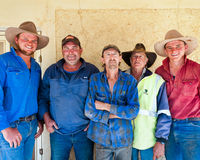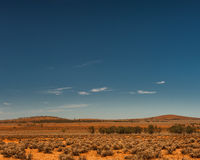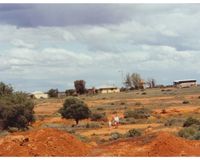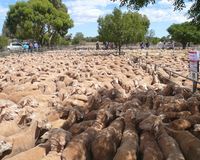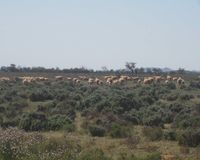Braemar

Braemar Station, located 75km North East of Burra was purchased by company AJ McBride in the early twentieth century. The property is one of the company's best performing properties, producing up to 600 bales of wool in a good year.
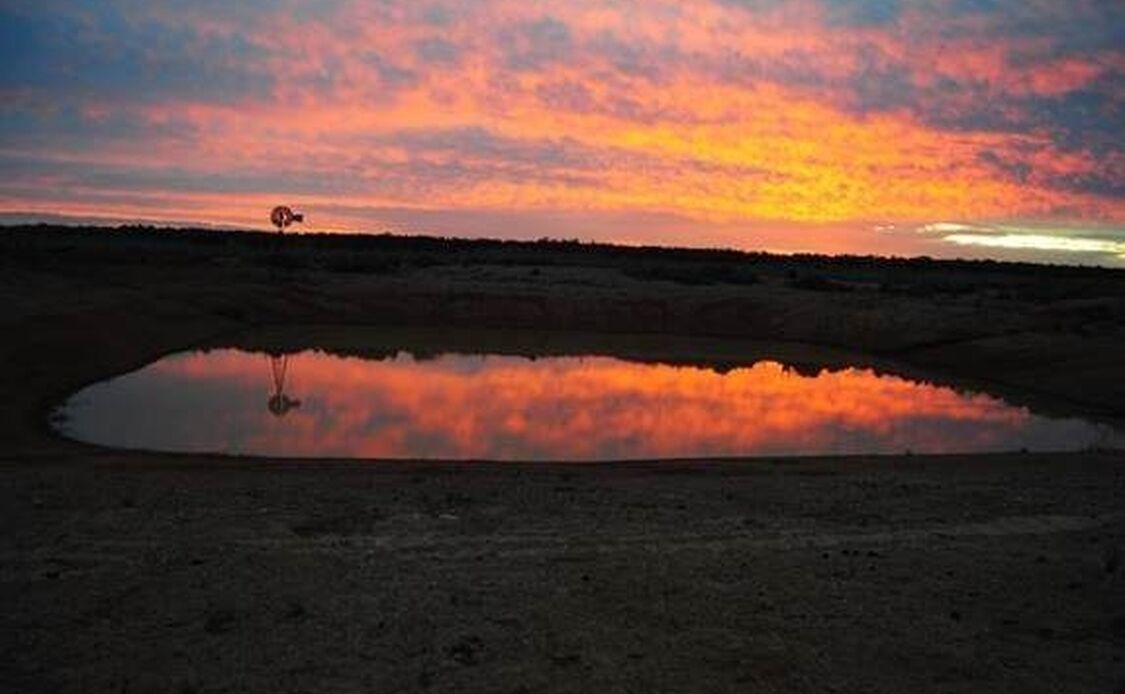
Property Location
75km North East of Burra, South AustraliaCompany founder Mr AJ McBride Snr purchased the Faraway Hill pastoral lease from his father in 1902 prior to the company’s formation in 1920. Braemar, a perpetual lease was added in 1908 and since then other land has been added to the property to reach its present 1,312 square km.
Braemar station has good healthy bush country with water supply reliant on dam catchments. Although recent property purchases have allowed for a ground water reticulation system across the holding, dams still provide the main source of water.
In addition to a medium wool merino flock, Braemar has a number of South African Meat Merinos (SAMMs) which are a genuine dual purpose animal - producing spinnable wool fibre as well as high carcass weight lambs. Wild Australian bush goats are also harvested on the property.
The Faraway Hill Pastoral lease is part of the traditional lands of the Ngadjuri Nation. In 2005, AJ & PA McBride and the crown entered into the first Indigenous Land Use Agreement (ILUA) in South Australia.
| Block | Date Purchased |
| Faraway Hill | 1902 |
| Braemar | 1908 |
| Mulga Hill | 1986 |
| Bendigo | 1997 |
| Pitcairn | 2001 |
| Manager | Tenure |
| Henry Schuyler | 1908-1920 |
| Glen Corbin | 1920-1929 (approx) |
| Bob Tanner | 1929-1934 |
| Ian Cunningham | 1934-1939 |
| Arthur Ridings | 1939-1941 |
| Rod Edginton | 1941-1950 |
| Fred Beven | 1950-1957 |
| Reg Symes | 1957-1974 |
| Vic Breeding | 1974-2012 |
| Josh Sheridan | 2012-Current |
12 months at Braemar
Drag the slider to explore each stage of our Livestock Schedule
Donations & Sponsorships
More properties in the North East Pastoral Region
Teetulpa
Teetulpa is situated at the small Barrier Highway town of Yunta on the rangelands of the North East Pastoral district



 View on Google Maps
View on Google Maps
